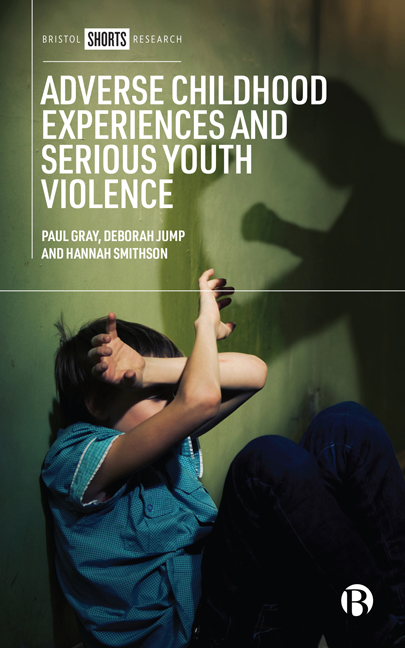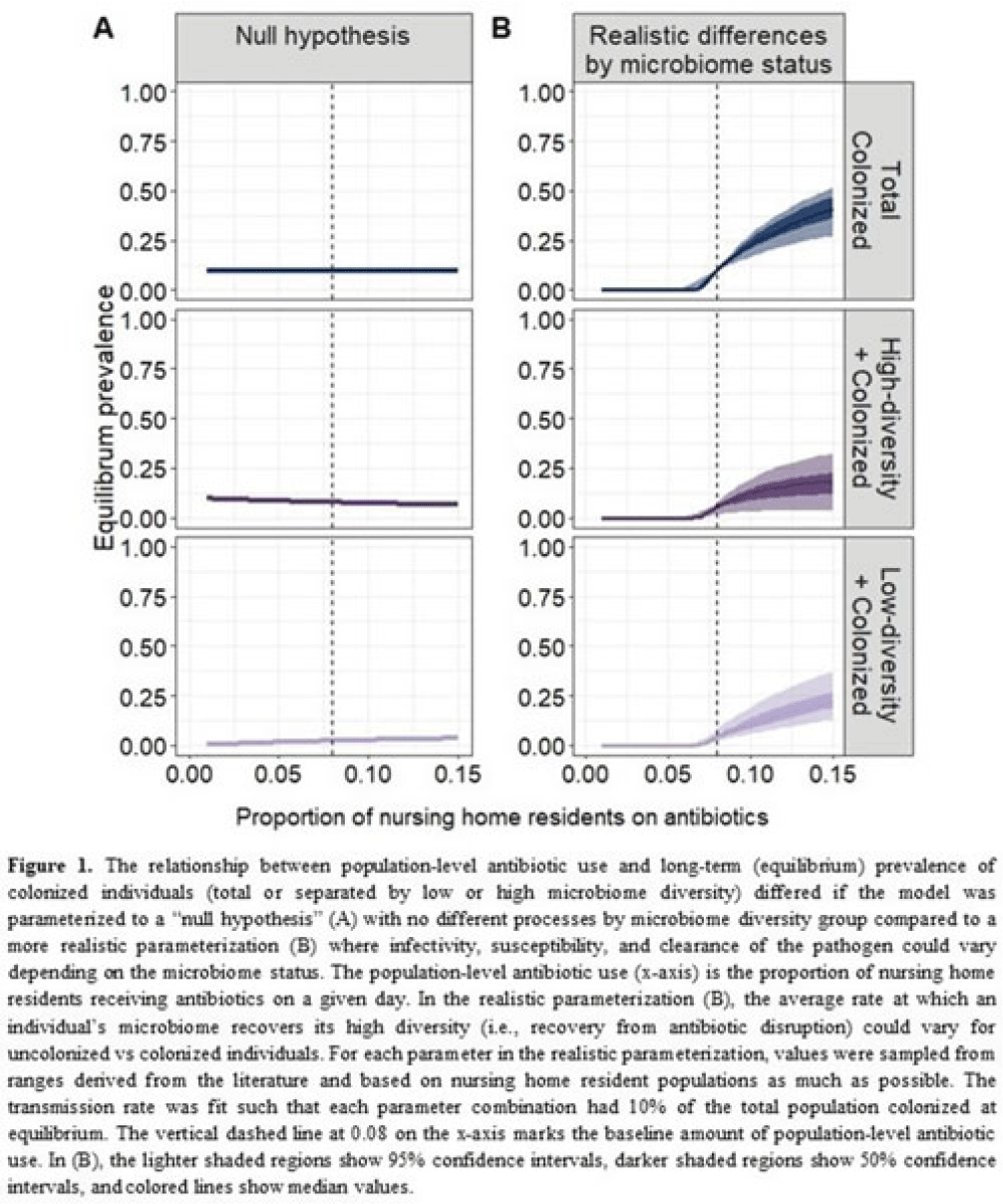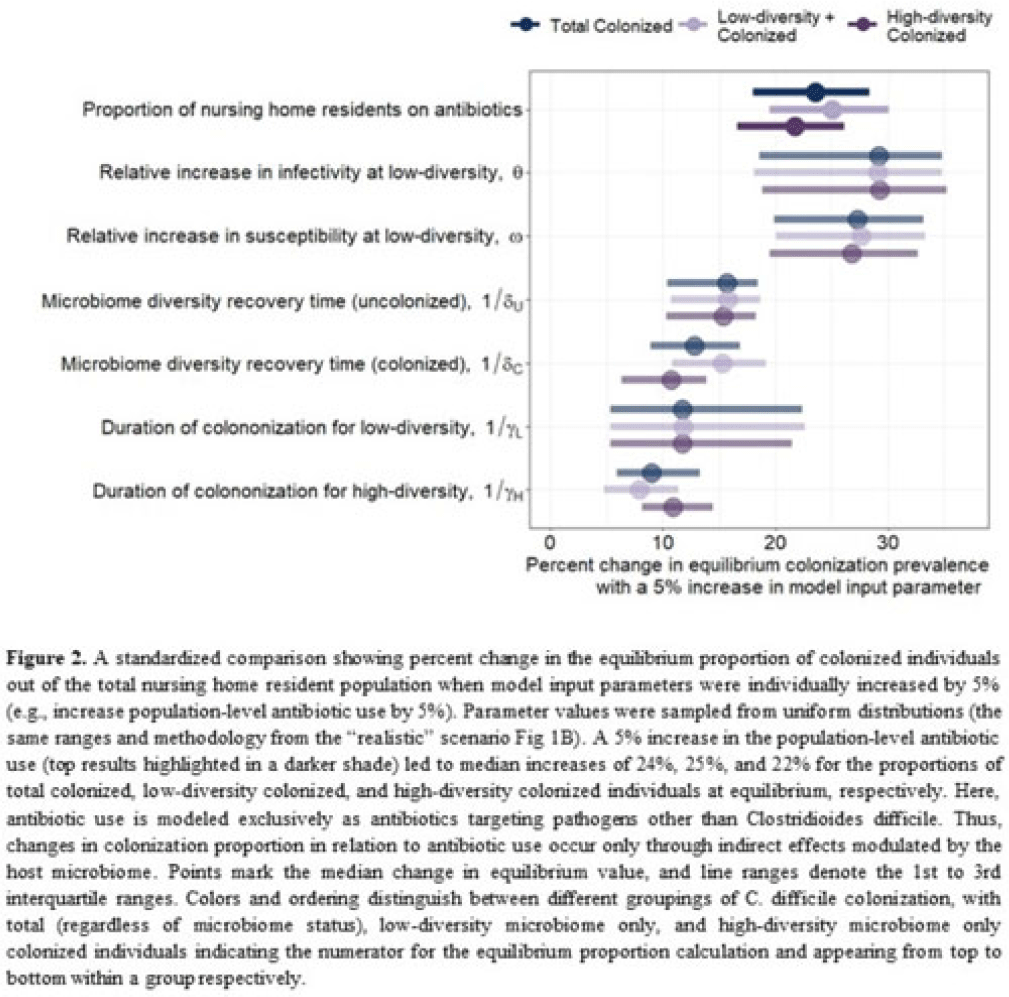69 results
P63: Best Practice Guidance on Human Interaction with Technology in Dementia Update June 2023 – Recommendations from the INDUCT and DISTINCT Networks
-
- Journal:
- International Psychogeriatrics / Volume 35 / Issue S1 / December 2023
- Published online by Cambridge University Press:
- 02 February 2024, pp. 158-159
-
- Article
-
- You have access
- Export citation
Variation of subclinical psychosis across 16 sites in Europe and Brazil: findings from the multi-national EU-GEI study
-
- Journal:
- Psychological Medicine , First View
- Published online by Cambridge University Press:
- 30 January 2024, pp. 1-14
-
- Article
-
- You have access
- Open access
- HTML
- Export citation
80 Longitudinal Development of Response Inhibition in Adolescence and Young Adulthood and Associations with Gray Matter Architecture
-
- Journal:
- Journal of the International Neuropsychological Society / Volume 29 / Issue s1 / November 2023
- Published online by Cambridge University Press:
- 21 December 2023, pp. 281-282
-
- Article
-
- You have access
- Export citation
Uncovering gut microbiota-mediated indirect effects of antibiotic use on Clostridioides difficile transmission
-
- Journal:
- Antimicrobial Stewardship & Healthcare Epidemiology / Volume 3 / Issue S2 / June 2023
- Published online by Cambridge University Press:
- 29 September 2023, pp. s104-s105
-
- Article
-
- You have access
- Open access
- Export citation
Cannabis use as a potential mediator between childhood adversity and first-episode psychosis: results from the EU-GEI case–control study
-
- Journal:
- Psychological Medicine / Volume 53 / Issue 15 / November 2023
- Published online by Cambridge University Press:
- 04 May 2023, pp. 7375-7384
-
- Article
-
- You have access
- Open access
- HTML
- Export citation
The association between reasons for first using cannabis, later pattern of use, and risk of first-episode psychosis: the EU-GEI case–control study
-
- Journal:
- Psychological Medicine / Volume 53 / Issue 15 / November 2023
- Published online by Cambridge University Press:
- 02 May 2023, pp. 7418-7427
-
- Article
-
- You have access
- Open access
- HTML
- Export citation
Index
-
- Book:
- Adverse Childhood Experiences and Serious Youth Violence
- Published by:
- Bristol University Press
- Published online:
- 18 January 2024
- Print publication:
- 24 April 2023, pp 126-129
-
- Chapter
- Export citation
References
-
- Book:
- Adverse Childhood Experiences and Serious Youth Violence
- Published by:
- Bristol University Press
- Published online:
- 18 January 2024
- Print publication:
- 24 April 2023, pp 110-125
-
- Chapter
- Export citation
List of Figures and Tables
-
- Book:
- Adverse Childhood Experiences and Serious Youth Violence
- Published by:
- Bristol University Press
- Published online:
- 18 January 2024
- Print publication:
- 24 April 2023, pp iv-iv
-
- Chapter
- Export citation
Five - Adverse Childhood Experiences
-
- Book:
- Adverse Childhood Experiences and Serious Youth Violence
- Published by:
- Bristol University Press
- Published online:
- 18 January 2024
- Print publication:
- 24 April 2023, pp 54-68
-
- Chapter
- Export citation
Contents
-
- Book:
- Adverse Childhood Experiences and Serious Youth Violence
- Published by:
- Bristol University Press
- Published online:
- 18 January 2024
- Print publication:
- 24 April 2023, pp iii-iii
-
- Chapter
- Export citation
Four - Serious Youth Violence
-
- Book:
- Adverse Childhood Experiences and Serious Youth Violence
- Published by:
- Bristol University Press
- Published online:
- 18 January 2024
- Print publication:
- 24 April 2023, pp 41-53
-
- Chapter
- Export citation
Notes
-
- Book:
- Adverse Childhood Experiences and Serious Youth Violence
- Published by:
- Bristol University Press
- Published online:
- 18 January 2024
- Print publication:
- 24 April 2023, pp 106-109
-
- Chapter
- Export citation
Acknowledgements
-
- Book:
- Adverse Childhood Experiences and Serious Youth Violence
- Published by:
- Bristol University Press
- Published online:
- 18 January 2024
- Print publication:
- 24 April 2023, pp v-vi
-
- Chapter
- Export citation
Eight - Conclusions
-
- Book:
- Adverse Childhood Experiences and Serious Youth Violence
- Published by:
- Bristol University Press
- Published online:
- 18 January 2024
- Print publication:
- 24 April 2023, pp 100-105
-
- Chapter
- Export citation
Frontmatter
-
- Book:
- Adverse Childhood Experiences and Serious Youth Violence
- Published by:
- Bristol University Press
- Published online:
- 18 January 2024
- Print publication:
- 24 April 2023, pp i-ii
-
- Chapter
- Export citation
Seven - Trauma-informed Practice
-
- Book:
- Adverse Childhood Experiences and Serious Youth Violence
- Published by:
- Bristol University Press
- Published online:
- 18 January 2024
- Print publication:
- 24 April 2023, pp 84-99
-
- Chapter
- Export citation

Adverse Childhood Experiences and Serious Youth Violence
-
- Published by:
- Bristol University Press
- Published online:
- 18 January 2024
- Print publication:
- 24 April 2023
Three - Researching Adverse Childhood Experiences and Trauma
-
- Book:
- Adverse Childhood Experiences and Serious Youth Violence
- Published by:
- Bristol University Press
- Published online:
- 18 January 2024
- Print publication:
- 24 April 2023, pp 21-40
-
- Chapter
- Export citation
Two - Review of the Literature
-
- Book:
- Adverse Childhood Experiences and Serious Youth Violence
- Published by:
- Bristol University Press
- Published online:
- 18 January 2024
- Print publication:
- 24 April 2023, pp 9-20
-
- Chapter
- Export citation





